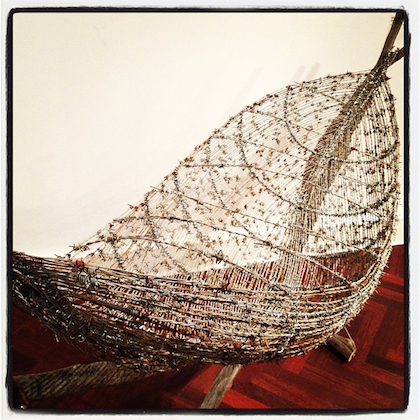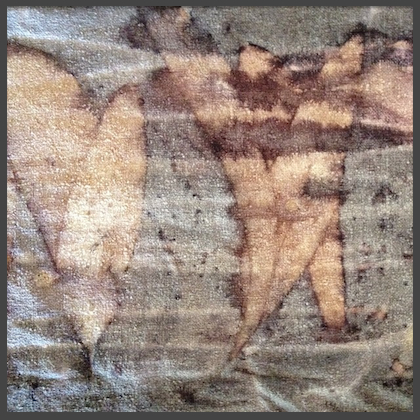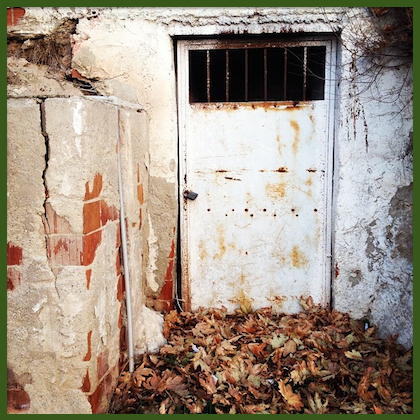Post #24 – where the aspects of design and construction are pondered
The photo below was taken during a visit to Turkey late last year and while it shows us the process of making a carpet, I think it’s useful for us to consider it as a rich model or metaphor for creating/designing learning. It’s hard work to make a nice carpet. First you need a strong loom to provide the frame and hold the ‘becoming’ carpet together till it can ’stand’ on its own. In learning, the loom might be the unit of work or course that governs the size of the learning activity.
Next you need the raw (tough and strong) threads of the warp as a foundation and base structure to build the pattern on. This is the part of the carpet that is usually hidden in the final product, but an important part of the carpet as it provides integrity. In learning design this could be the theory of learning adopted, the understanding of content, presentation and assessment (as curriculum) – the supporting ideas that inform the learning process.
You then need a plan or design/template to work from, you can see this in the picture and it seems to be at a double scale. The intricacy of the pattern is all laid out, and includes the colours of the thread to be used. This design can be used again and again, but also changed in necessary, or another design might be used depending on purpose. What are the desired learning outcomes for your students? Do you have are clearly articulated plan?
Next we need the coloured threads (the weft) which are the ‘resources’ used to make up the pattern. These are used purposefully to create the design, and each thread needs to be added to the warp and knotted so as to become and integral part of the carpet. You can see a whole bunch of these gathered at the top of the loom and while they look messy there, once added to the carpet they take on a different form. They are knotted and cut to fit perfectly in the overall design. We should always ensure we have sufficient resources to support and align with our learning design, and maybe even have some as back up just in case…
We also need to know how to add the threads to the weft using special knots and even a tool to embed them firmly. Each thread has a reason for being where it is, and this should also apply to what resource material we ask our students to use in their learning – it should be meaningful and have purpose.
It takes time to create a beautiful carpet, it’s not an instant process. You also need to take time to pause or rest, to check that things are proceeding according to plan. But is the process finished when the last thread is tied off? I don’t think so, next comes the sale and then the carpet takes on a new life as it graces the floor, wall, or table in someone’s home. It can be used for a number of things – and best of all, has an ongoing aesthetic and inbuilt story of it’s own making…
I guess evaluation and feedback comes in some form when a customer decides they like it, appreciate the workmanship, it fulfils a need, and they want to spend their money on acquiring it and having a carpet to keep as an heirloom.
Do you think about your learning design as a piece of art and something worth desiring and keeping for life?

Carpet under construction
Word of the Day is, ‘garboil’ – confusion.






